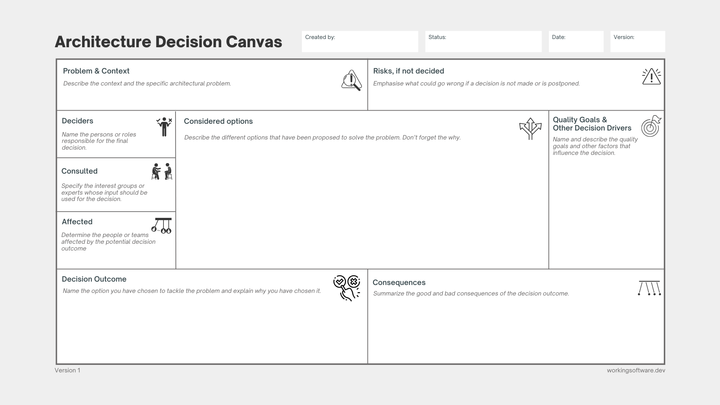Accelerating Time-to-Market: 5 Essential Principles for Efficient Product Teams
Discover how to fast-track your product's journey from concept to consumer. Learn 5 key principles that empower teams for efficiency and speed in the latest blog post.

In the fast-paced world of software development, the ability to bring products and features to market quickly is a critical challenge.
The importance of speed in today's SaaS environment is undeniable.
It is a critical factor in staying ahead of the competition and gaining a competitive advantage.

For technical leaders, engineering managers and CTOs looking to accelerate their software development initiatives, the following five principles are key to leading teams to greater efficiency and impact.


1. Business First: Amplify Your Impact Where It Counts
Successful software development is closely linked to a deep understanding of the intended business goals and domain. Aligning every development decision with the business problem will save you a lot of time and accelerate time to market.
It's crucial to connect the technology to the business needs from the very beginning.

2. Trust Leads the Way: Building Business Confidence from the Start
It is important to build trust with the business stakeholders. To achieve this, we need to understand their domain, communicate effectively in their language and deliver value that meets their objectives.
Trust is not just a by-product of successful initiatives, but a prerequisite for effective collaboration and shared success.

3. Minimize Limits, Maximize Potential: Fewer Constraints, Greater Results
Flexibility and efficiency are vital. This principle is about reducing technical and organizational constraints while enhancing team autonomy.
The aim is to foster an environment where innovation thrives without being hindered by unnecessary limitations, thereby unlocking the potential for transformative outcomes.

4. Domain First, Persistence Later
A domain-driven approach emphasizes the alignment of the business domain with the code base and proposes the use of mocks to accelerate feedback cycles.
This method emphasizes the importance of business understanding over technical subtleties and ensures that the development process is closely aligned with business requirements.

5. Start with a Minimal Team
Starting projects with a small, highly experienced team of 3-4 members can lead to a more streamlined and effective start.
This strategy prevents early overstaffing and focuses resources on the most important aspects of the project from the start.

By embracing these five principles, tech leaders can improve their teams' efficiency, align more closely with business objectives, and achieve faster time-to-market.
These five principles offer a strategic approach to navigating the complexities of software development, ensuring that teams are positioned for success in the competitive tech landscape.



Comments ()